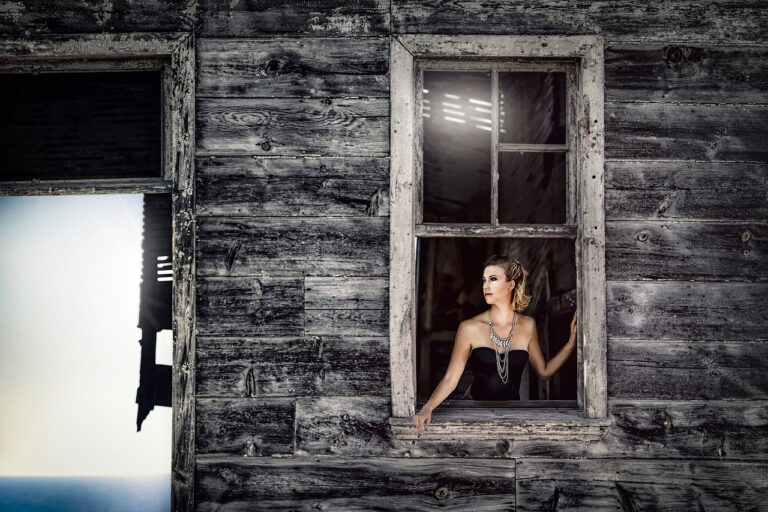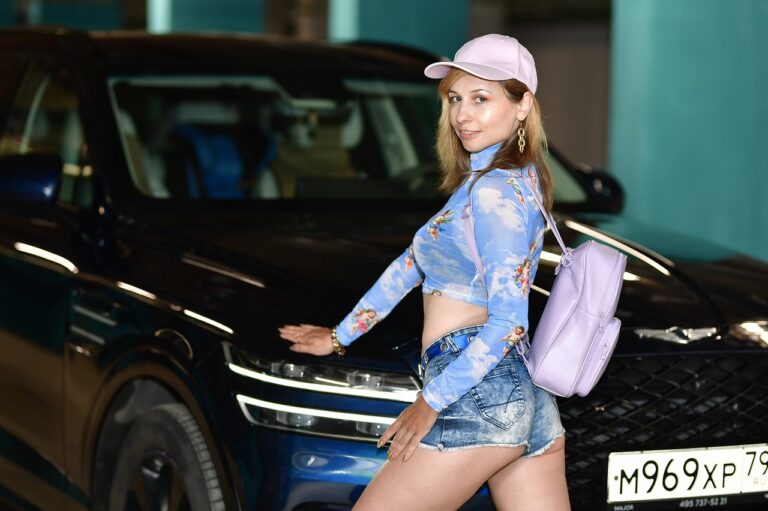Pattern Making for Adaptive Formalwear: Designing for Inclusivity and Elegance: World777, 11xplay pro, Betbook247 app login
world777, 11xplay pro, betbook247 app login: Pattern Making for Adaptive Formalwear: Designing for Inclusivity and Elegance
Fashion should be for everyone. Unfortunately, traditional formalwear often falls short when it comes to accommodating all body types and abilities. However, with advancements in technology and a growing emphasis on inclusivity, designers are now able to create adaptive formalwear that is both stylish and functional.
One of the key elements in designing adaptive formalwear is pattern making. By creating patterns that take into account a range of body shapes, sizes, and abilities, designers can ensure that their garments are accessible to as many people as possible. This not only promotes inclusivity but also allows individuals to feel confident and elegant in formal settings.
Here are some key considerations when it comes to pattern making for adaptive formalwear:
1. Understanding Different Body Types
When creating patterns for formalwear, it’s important to understand that bodies come in all shapes and sizes. By developing patterns that cater to a diverse range of body types, designers can ensure that their garments are comfortable and flattering for everyone.
2. Incorporating Stretch and Ease
Many adaptive formalwear garments incorporate stretch fabrics and ease in their patterns to allow for greater mobility and comfort. By incorporating these elements into their designs, designers can create garments that are both stylish and functional.
3. Adjustable Features
Another important aspect of pattern making for adaptive formalwear is incorporating adjustable features such as Velcro closures, elastic waistbands, and hidden zippers. These features allow individuals to easily customize their garments for a comfortable and flattering fit.
4. Seam Placement
Seam placement is another key consideration when creating patterns for adaptive formalwear. By strategically placing seams, designers can ensure that garments are both flattering and comfortable for individuals with a range of abilities and body shapes.
5. Accessibility
In addition to accommodating different body types, it’s important for designers to consider accessibility when creating patterns for adaptive formalwear. This may include incorporating features such as magnetic closures, easy-to-reach pockets, and adaptive fastenings.
6. Inclusive Sizing
Lastly, designers should prioritize inclusive sizing when creating patterns for adaptive formalwear. By offering a range of sizes, designers can ensure that their garments are accessible to individuals of all shapes and sizes.
Pattern making for adaptive formalwear is a crucial step in designing garments that are both inclusive and elegant. By considering factors such as different body types, stretch fabrics, adjustable features, seam placement, accessibility, and inclusive sizing, designers can create formalwear that allows everyone to look and feel their best.
FAQs
Q: How can I find adaptive formalwear that fits my body type?
A: Look for brands that prioritize inclusive sizing and offer garments with adjustable features such as Velcro closures and elastic waistbands.
Q: Are there any specific retailers that specialize in adaptive formalwear?
A: Yes, there are a growing number of retailers that specialize in adaptive formalwear, such as IZ Adaptive and Runway of Dreams.
Q: What should I look for in adaptive formalwear patterns?
A: Look for patterns that incorporate stretch fabrics, ease, and adjustable features to ensure a comfortable and flattering fit.







